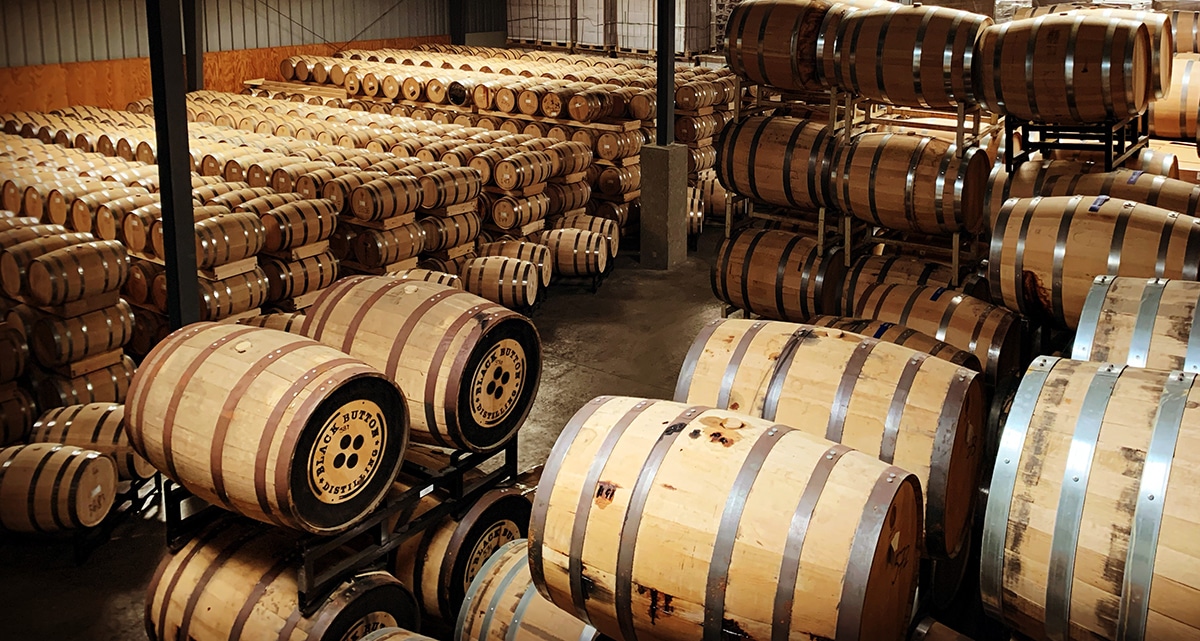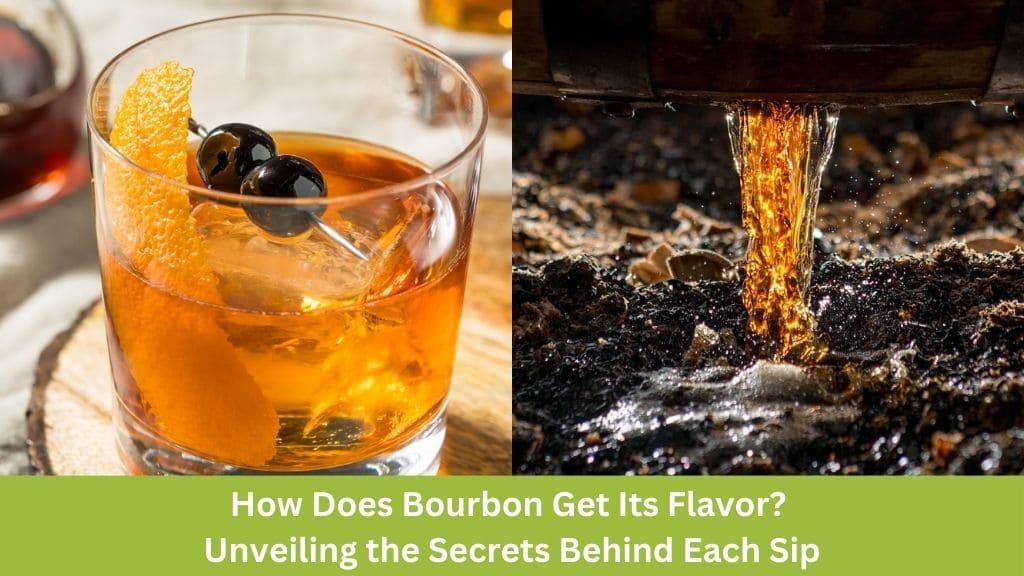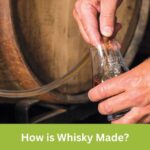Bourbon, America’s native spirit, is renowned for its rich and diverse flavor profile. From sweet notes of caramel and vanilla to the spiciness of rye and the smoothness of wheat, bourbon’s complexity is what makes it a favorite among whiskey enthusiasts.
Introduction to Bourbon
Bourbon, by legal definition, is a type of American whiskey made primarily from corn. It must be aged in new charred oak barrels and cannot contain any additives for flavor or color. The distinct flavors of bourbon are the result of a delicate interplay between its ingredients, the barrels it is aged in, the proof at which it is distilled and bottled, and the conditions under which it matures. Let’s dive deeper into these elements to understand how they contribute to the final flavor of bourbon.
The Raw Materials

Corn
Corn is the cornerstone of bourbon. By law, bourbon must contain at least 51% corn in its mash bill (the mixture of grains used in production). The high corn content is largely responsible for bourbon’s inherent sweetness. Corn imparts flavors of caramel, vanilla, and sometimes a touch of butterscotch.
Rye
Rye is the second most common grain used in bourbon production. It adds a distinctive spiciness and complexity to the whiskey. Bourbons with a higher rye content are often described as having notes of pepper, clove, and baking spices.
Wheat
Wheat is another grain used in some bourbon mash bills, particularly in “wheated” bourbons. Wheat tends to produce a smoother and softer mouthfeel with flavors that are often described as mellow and bready. Common notes include honey, toffee, and a gentle sweetness.
Barley
Barley is used in smaller quantities in bourbon production, primarily for its role in the fermentation process. While it doesn’t dominate the flavor profile, it adds subtle notes of malt, chocolate, and nuts.
Yeast
Yeast is crucial in the fermentation process, converting sugars into alcohol. Different strains of yeast can impart a variety of flavors to bourbon, including fruity, floral, and spicy notes. Distilleries often closely guard their yeast strains as trade secrets due to their significant impact on the final product.
Water
Water quality is a critical, yet often overlooked, component in bourbon production. Kentucky’s limestone-rich water is famously pure and free of iron, which can give spirits an off-taste. The mineral content of the water also aids in fermentation, contributing to the overall quality of the bourbon.
The Barrels
Oak and Charring
Bourbon must be aged in new charred oak barrels, a requirement that imparts much of its flavor. The charring process creates a layer of charcoal inside the barrel, which acts as a natural filter, removing impurities and adding complex flavors.
Flavor Compounds
The interaction between the whiskey and the oak barrel is where bourbon gains much of its character. Key compounds in the wood contribute to bourbon’s flavor:
- Lignin: Breaks down into vanillin, providing vanilla notes.
- Hemicellulose: Produces sugars that caramelize and impart caramel and toffee flavors.
- Lactones: Offer woody and coconut flavors.
- Tannins: Add spice and astringency.
The Proof
Bourbon can be distilled to a maximum of 160 proof (80% alcohol) and must be put into the barrel at no more than 125 proof (62.5% alcohol). The proof at which bourbon is distilled, barreled, and bottled affects its flavor. Higher proof bourbons extract more flavor compounds from the wood, often resulting in more intense and complex flavors. However, higher alcohol content also means more heat and spiciness.
The Aging Process

Temperature and Humidity
The aging process is crucial in developing bourbon’s flavor. As bourbon ages in barrels, it interacts with the wood, absorbing flavors and undergoing chemical changes. Temperature and humidity play significant roles in this process. In warmer climates, the expansion and contraction of the wood due to temperature fluctuations cause the bourbon to penetrate deeper into the barrel, extracting more flavor.
Aging Innovations
Some distilleries experiment with unique aging processes to create distinctive flavors. For example, Jefferson’s Ocean bourbon is aged at sea, where constant motion and varying climates accelerate the aging process and impart unique maritime notes.
The Finishing Process
The finishing process involves additional aging of bourbon in barrels that previously held other spirits or wines, such as port, sherry, or rum. This secondary aging can add layers of complexity and unique flavors to the bourbon. For example, Angel’s Envy is finished in port barrels, adding rich fruit notes and a subtle sweetness.
Proofing
Before bottling, distillers may choose to “proof” the bourbon by adding water to achieve the desired alcohol content. This process can also influence the flavor, as diluting the bourbon can mellow out harsh notes and enhance sweeter or more subtle flavors.
Conclusion
Bourbon’s rich and varied flavor profile is the result of a complex interplay of ingredients, aging conditions, and finishing techniques. By understanding the contributions of each element—from the grains and yeast to the barrels and aging environment—we gain a deeper appreciation for the craftsmanship that goes into every bottle. Whether you prefer the sweet notes of a wheated bourbon or the spicy kick of a high-rye, there’s a bourbon out there to suit every palate.
I’m Chen Mina, from Vol de Nuit, who has a special passion for bartending, especially mixing wine, beer, and cooktail. Here you will find content about alcoholic beverages, I will bring you knowledge that few people know about this drink.





